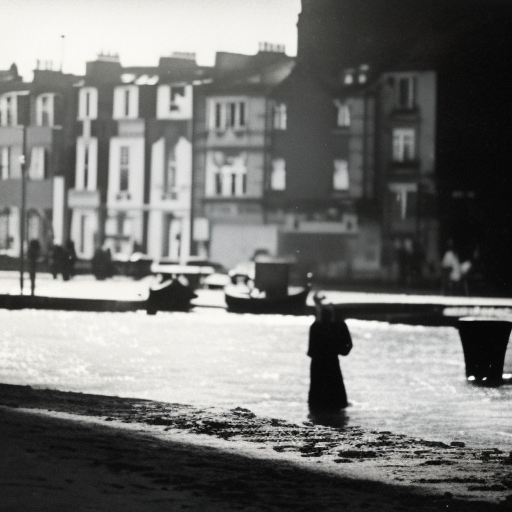Capture of Portobello
The Capture of Portobello was a significant military event that took place during the War of Jenkins’ Ear in 1739. It involved the successful assault and capture of the Spanish port of Portobello, located on the Caribbean coast of present-day Panama, by a British naval and land force. The capture of Portobello was a strategic victory for the British, as it allowed them to disrupt Spanish trade routes and gain control over valuable resources in the region.
Background
In the early 18th century, tensions between Britain and Spain were escalating due to conflicts over trade and territorial disputes in the Caribbean. The War of Jenkins’ Ear, named after an incident involving a British merchant ship captain whose ear was allegedly severed by the Spanish, was a direct result of these tensions. In an effort to weaken Spanish influence in the region, the British government planned a series of military operations, one of which was the capture of Portobello.
British Assault
In November 1739, a British fleet under the command of Admiral Edward Vernon arrived off the coast of Portobello. The fleet consisted of six ships of the line, several smaller vessels, and over 3,000 troops. The British forces quickly established a blockade, cutting off the port from reinforcements and supplies.
On November 21, the British launched their assault on Portobello. The attack began with a bombardment from the fleet, targeting the fortifications and the city itself. The Spanish defenders, numbering around 600, put up a fierce resistance, but they were overwhelmed by the superior firepower of the British ships.
Land Assault and Capture
While the bombardment continued, British troops landed near the city and began their advance towards the fortifications. The Spanish defenders, led by General Francisco Javier Martínez de la Vega, fought bravely, but they were outnumbered and outgunned. The British forces, supported by naval gunfire, gradually pushed back the Spanish defenders.
After several hours of intense fighting, the British troops breached the walls of the fortifications and entered the city. The Spanish defenders retreated to the central square, where they made a last stand. However, they were eventually overwhelmed by the British forces, and the city fell into British hands.
Consequences
The capture of Portobello was a significant victory for the British. They not only gained control over a strategically important port but also disrupted Spanish trade routes and captured valuable resources, including gold and silver. The British also inflicted heavy casualties on the Spanish, with over 1,000 defenders killed or captured.
The capture of Portobello had wider implications for the ongoing conflict between Britain and Spain. It boosted British morale and demonstrated their military superiority in the region. The victory also encouraged further British aggression against Spanish possessions in the Caribbean and set the stage for future military campaigns.
In conclusion, the capture of Portobello was a crucial event during the War of Jenkins’ Ear. It marked a significant victory for the British, allowing them to gain control over a strategic port and disrupt Spanish trade routes. The capture of Portobello also had wider implications for the ongoing conflict between Britain and Spain, setting the stage for further British military campaigns in the Caribbean.












